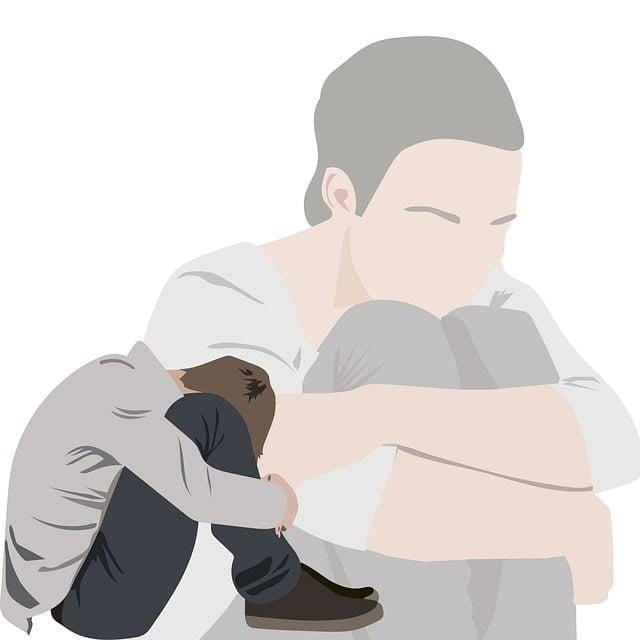As the days grow shorter and the air turns crisp, many of us find ourselves feeling a bit more sluggish and less motivated than usual. This seasonal shift often comes with a hidden companion: Seasonal Affective Disorder, or SAD. While the winter blues might feel overwhelming, there are proven strategies to lighten the mood and brighten those darker months. Welcome to our enlightening listicle, “7 Key Insights and Tips to Manage Seasonal Affective Disorder.” Here, you’ll discover seven powerful nuggets of wisdom, each designed to help you understand and combat the effects of SAD. From light therapy tips to mental health exercises, our guide offers a comprehensive toolkit to keep your spirits high, even when the sun is low. Dive in to learn the secrets of maintaining your inner glow all winter long!
Embrace Natural Light
One of the most effective ways to combat Seasonal Affective Disorder (SAD) is to maximize your exposure to natural light. Consider these tips:
- Open curtains and blinds during the day.
- Position your workspace near a window.
- Take regular walks outside, especially during sunny hours.
Consider Light Therapy
Light therapy can be a game-changer for many people struggling with SAD. Here’s how to get started:
- Invest in a light therapy box that emits bright light (at least 10,000 lux).
- Use the box for about 20-30 minutes each morning.
- Follow the manufacturer’s guidelines for optimal results.
Maintain a Regular Schedule
Having a consistent daily routine helps stabilize your mood and energy levels. Consider the following:
- Wake up and go to bed at the same time every day, including weekends.
- Schedule regular meals and stick to them.
- Incorporate regular exercise, aiming for at least 30 minutes daily.
Focus on a Nutritious Diet
What you eat impacts how you feel. Here’s a guide to a mood-boosting diet:
| Food Type | Examples |
|---|---|
| Complex Carbohydrates | Whole grains, sweet potatoes, legumes |
| Lean Proteins | Fish, chicken, tofu |
| Fruits and Vegetables | Berries, leafy greens, citrus fruits |
| Healthy Fats | Avocado, nuts, olive oil |
Stay Socially Connected
Social isolation can worsen SAD symptoms. Try to stay connected with friends and family through:
- Regular phone calls or video chats.
- Joining social clubs or groups that interest you.
- Planning regular outings or catch-ups, even if just for coffee.
Seek Professional Help
Sometimes, professional intervention is necessary. Here are ways to seek help:
- Consider seeing a therapist who specializes in SAD.
- Discuss medication options with your doctor if symptoms are severe.
- Explore complementary therapies, such as cognitive-behavioral therapy (CBT).
Engage in Mindfulness and Relaxation Techniques
Managing stress and staying grounded can alleviate symptoms of SAD. Try incorporating:
- Daily meditation or mindfulness exercises.
- Yoga or tai chi classes.
- Journaling to capture and reflect on your thoughts and feelings.
Closing Remarks
And there you have it—your companion guide through the frosty maze of Seasonal Affective Disorder. From embracing the dawn’s light to curating a self-care toolkit that rivals any winter survival pack, these insights are designed to help you face the season with resilience and grace. Remember, every step towards understanding and managing SAD is a victory for your well-being. As the pages turn and the seasons shift, may you find warmth in every tip and a beacon of hope in every strategy. Here’s to embracing the cycles of nature, and above all, to nurturing the light within you—even on the darkest of winter days. Until next time, stay bright!
